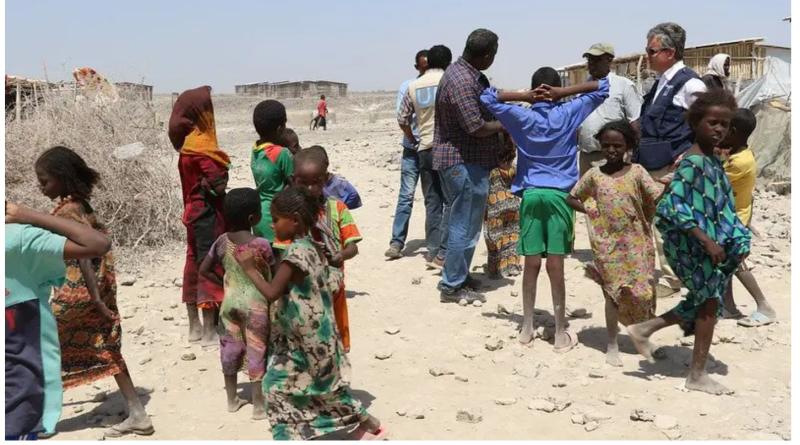Migration Arrives as Leading Climate Concern as Cities Face Floods, Drought, Sea Level Rise

Migration spurred by climate change has arrived a prominent issue in different parts of the world, as persistent rains in Brazil displace thousands and sea level rising across the globe makes island states uninhabitable.
“Most climate-driven migration and displacement will be internal,” Alex Randall, head of programs at Climate Outreach and specialist in climate-driven migration, told ABC News.
“As climate-driven disasters become more regular and more extreme, inevitably more people will be displaced by those events.”
At least 169 people died and more than 581,000 were displaced by flooding in Brazil that followed torrential rain at the end of April and early May. Between April 26 and May 5, rain accumulated to up to 543 millimetres (21 inches) in some areas, resulting in flooding that affected more than 90% of Rio Grande do Sul, Brazil’s southernmost state, says Bloomberg.
Families in the area have suffered substantial losses. Many who have lost homes, belongs, or jobs—as employers also affected had to shut down or pause operations—now have nothing to return to, and nowhere to go.
“There is no longer any way to invest here,” Amilton Fontana, Mayor of Roca Sales, told Bloomberg.
The municipality will spend 15 million reais (US$2.9 million) to acquire a new area for homes and businesses. But that barely touches the 220 million reais ($42 million) the recent floods cost the community, which had already lost hundreds of millions of reais from flooding in September and November.
“We have already invested twice, people are impoverished, they no longer have resources or strength,” Fontana said. “You build and then a flood comes and destroys everything again.”
The amount of precipitation was almost unprecedented. And while various factors contributed to the overall damage, the event’s extremity resulted largely from the interplay of climate change and El Niño. A rapid analysis of the flooding by the international World Weather Attribution (WWA) initiative found that such an event is now twice as likely to occur compared to during the pre-industrial era. If average global warming exceeds 2°C, that likelihood will be twice what it is now, Bloomberg reports.
The resulting displacement in Brazil amounts to only part of a larger problem of climate migration, which experts have long warned about. Estimates of the full scope of impacts vary, with the World Bank estimating that more than 216 million people couldbe driven from their homes by sea level rise, flooding, desertification, and other effects of warming temperatures, while the Institute for Economics and Peace places the number even higher at 1.2 billion, says The Washington Post.
In recent years, floods and droughts have displaced masses of people in Pakistan, Ethiopia, and Kenya, among several others. And while countries worldwide will face worsening weather impacts, those that are classified as small island developing states—like in the Caribbean, Maldives, and elsewhere across the Pacific Ocean—face an acute risk of becoming uninhabitable because of sea level rise.
“Brazil is not going to be a one-off,” said Andrew Harper, a senior official at the UN High Commission for Refugees. “What we are seeing is the start of something that will become more frequent and more extreme and lead to more people left vulnerable, with no choice but to move to a safer location.”





